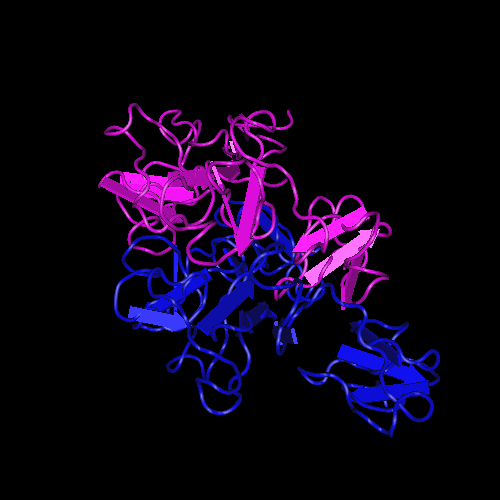Ask Dr. D'AdamoAsk Dr. D'Adamo Index | Latest Entry | Pull a Random Question |
 Questions About Lectins What Does A Lectin Look Like?QUESTION What does a lectin look like? What is its composition? Molecular weight? ANSWER Since the 1880's, it has been known that extracts from certain plants could agglutinate red blood cells. In the 1940's, agglutinins were discovered which could "select" types of cells based on their blood group activities. Although "lectin" was originally coined to define agglutinins which could discriminate among types of red blood cells, today the term is used more generally and includes sugar-binding proteins from many sources regardless of their ability to agglutinate cells. Lectins have been found in plants, viruses, microorganisms and animals, but despite their ubiquity, their function in nature is unclear. Although lectins share the common property of binding to defined sugar structures, their roles in various organisms are not likely to be the same. Here is a link to a neat lectin visualization tool I coded a while back that shows the various lectin families. Lectins are structurally diverse; examination of the amino acid sequence, molecular size and other molecular properties show that lectins have little in common other than they are all proteins. For example soybean agglutinin is a glycoproteln with no di-sulphide bond; Its molecular weight is 120,000, It consists of four subunits and has two binding sites.
Soy Bean Agglutinin (image courtesy nih.gov) Wheat germ agglutinin is not a glycoprotein and is rich in di-sulphide bonds with a molecular weight of 36,000, It has two identical subunits and four binding sites for sugars.
Thus we can see that lectins don't have much in common with each other (soy bean lectin is four times bigger than wheat germ lectins!) besides the ability to bind to specific glyco-conjugates, such as the ABO blood groups. There is a lot of misinformation on the internet about lectins and their actions on the body; from nutrition authorities ignorant of the literature who claim that they have no effect, to non-medical (and occasionally medical) sources who ascribe to them a scope and significance they do not possess. Lectins are not 'good' or 'bad'; they can assume different roles in different people. In some instances, for example, a hammer is a very useful tool; in others its use can result in a bruised thumb. It is only when we know the exact actions of the lectin and the characteristics of the target tissue in question that we can make a qualified judgement about its effects and importance. |

|
The statements made on our websites have not been evaluated by the FDA (U.S. Food & Drug Administration).
Our products and services are not intended to diagnose, cure or prevent any disease. If a condition persists, please contact your physician.
Copyright © 2015-2023, Hoop-A-Joop, LLC, Inc. All Rights Reserved. Log In

 Wheat Germ Agglutinin (image courtesy nih.gov)
Wheat Germ Agglutinin (image courtesy nih.gov)

